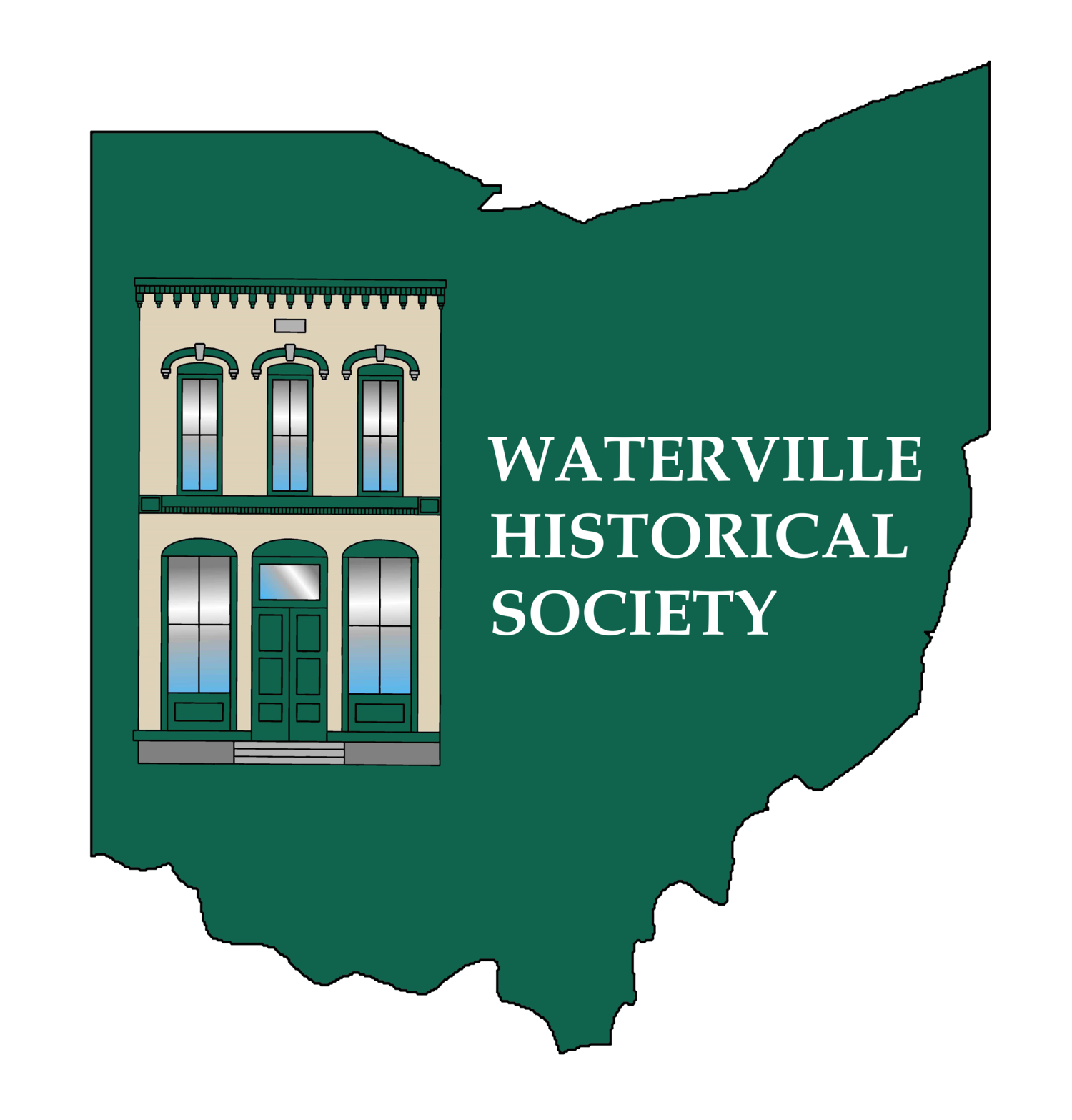History of Waterville's City Park
A modern city or even a village is judged partly on how good its park system may be. This has not always been so. In 1924 Waterville was a small village of about 780 residents and a state official wrote that it was unlikely to ever expand beyond the railroad (even though in 1924 it was in the process of doing exactly that.) There was a five or six acre parcel along Michigan Ave., at the western edge of town, trapped between the steam railroad (Toledo, St. Louis & Western) and the Ohio Electric Railroad. This parcel was owned by Joseph J. Lloyd except for a corner parcel next to the Toledo, St. Louis & Western, owned by the Paragon Refining Company and used as a bulk plant to supply the local Paragon stations in the area. In 1925 the village residents requested a municipal water system be created, so this conveniently located parcel was purchased by the village. A 12 inch, 250 foot water well was drilled and an underground water storage tank plus a 50,000 gallon gravity water tower were installed on this land along with a pump house and system. Then in 1930 the village decided that we should generate our own electricity, so a generating plant powered by diesel engines was built behind the water system. Now these utilities were at the back of the property so perhaps the front became the first “Waterworks Park.” Then in 1936 the village built a water treatment plant down by the river on a large tract of land (our current Waterworks Park.) The well was abandoned but a new and larger water tower was built near the old one for distribution. The village owned land was now the Waterville Park or perhaps Village Park. The Village was able to acquire the abandoned electric railroad property along the west edge of the park in 1939.
After World War II the local government became much more interested in the development of public parkland and public recreation programs. This park, now fairly centrally located, became the hub for these programs, which were for adults as well as kids. In 1958 there was an old garage where the village stored their vehicles which may have been the Old Paragon Refining complex. At some point the building was torn down and this is where the library now stands. Behind the original building there was a concrete slab basketball/shuffle board court with a bandstand on the south side. Located behind this was a building to store and dispense athletic equipment with public restrooms at one end. A new baseball diamond was built about 1958 where it still serves today, replacing an old informal diamond in the rear by the railroad tracks.
The Village sponsored summer recreation program in the 1960s and 1970s was run by Dick Albaugh with volunteer and some paid helpers. This program was run from the old Witte Packing Company warehouse then owned by the railroad (long gone) next to the railroad along Sixth Street. This building was affectionately called “the tin can.” At some time, perhaps in the early 1970s, a new recreation building was built next to the ball diamond. Perhaps some readers can enlighten us as to when that was built.
The noisy generating plant was shut down in 1965 and eventually torn down. The Fire/Police Building was built in 1952 in the old electric railroad right-of-way and the library in 1964, which obviously changed the landscape considerably. Some may remember going to the Waterville Festival with all the rides, festivities, and the lunch stand near the front. The Waterville Historical Society made apple butter in front of the electric plant in the late 1960s and early 1970s, two large batches every year for five years. This popular park had no official name until July 1991 when the park was named in honor of the late long serving fire chief and 1981 Citizen of the Year, Carl Conrad. The dedication ceremony was held July 14, 1991. The gazebo was added to Conrad Park in 1998. So this odd piece of land between the railroads has changed from the waterworks at the west edge of town to this fully functional, highly valued park as the village (now city) grew around it.
Note: Our “map” originated from the memory of Jim Conrad and was “improved” by Randy Studer with help from aerial photos and a few other memories.
